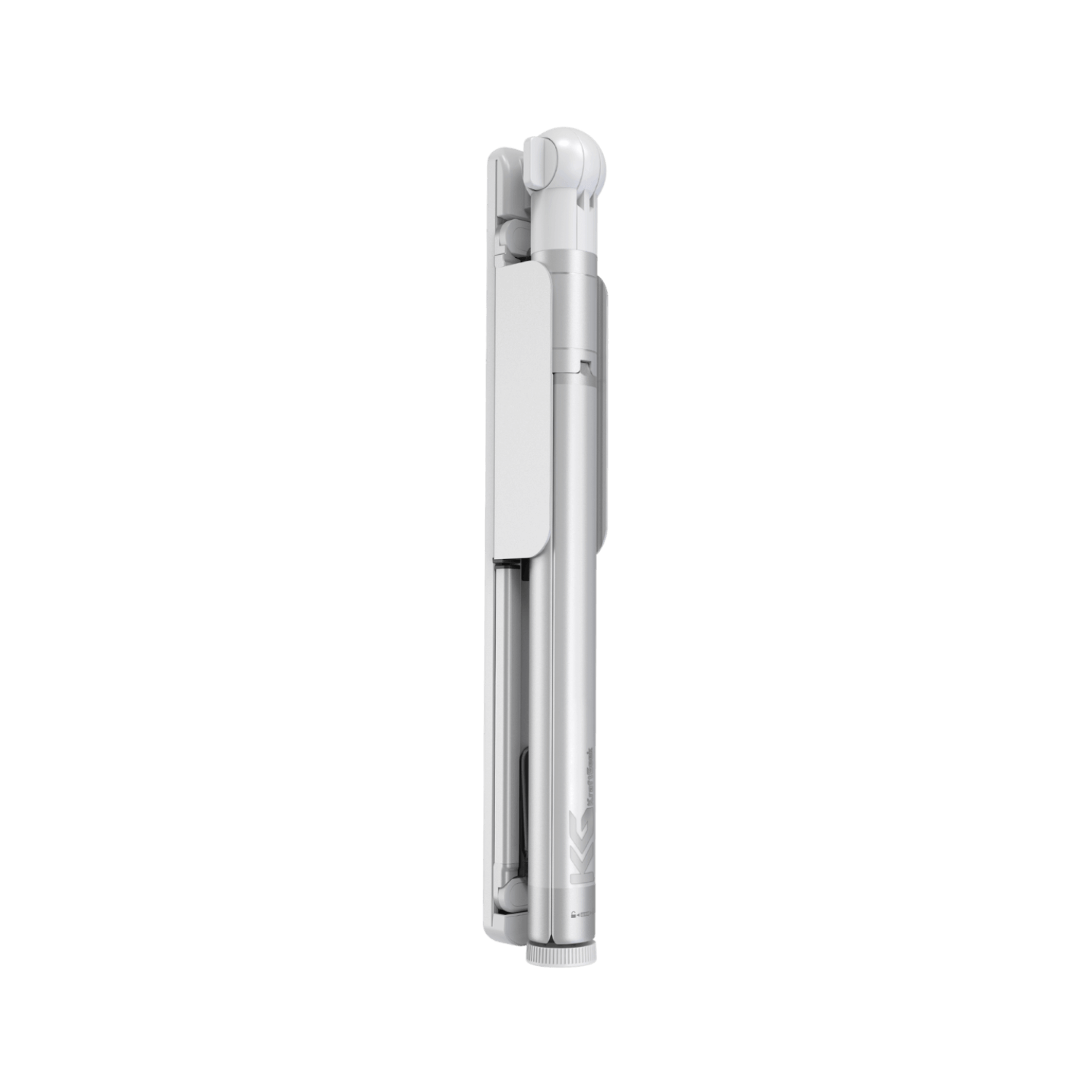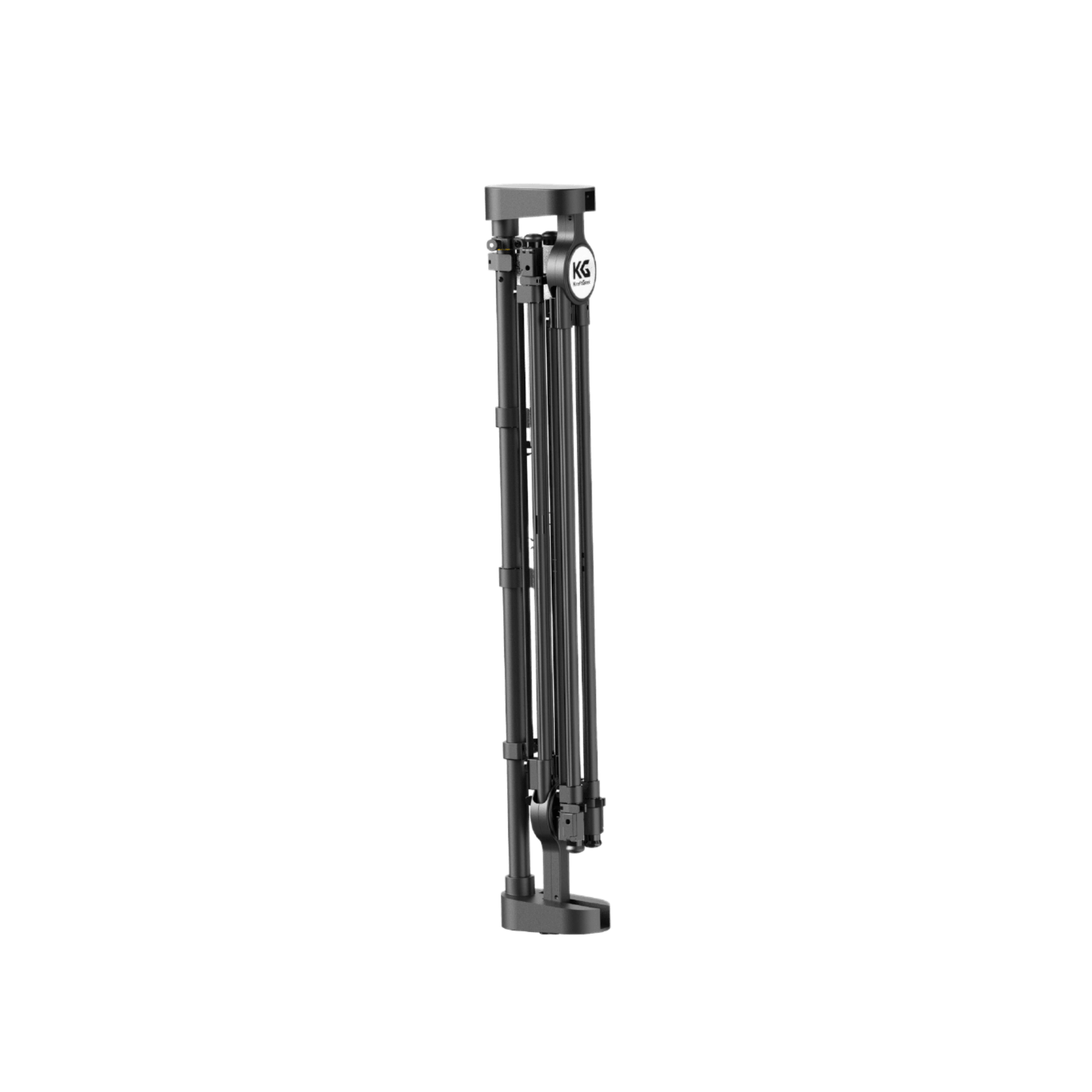Have you ever meditated about the complicated symbols drawn on a music sheet and how they turn them into sounds? Picture your best song unfolding with the notes you are interpreting dancing on every single page. Sheet music consisting of pitch, speed, and rhythm symbols has served as an intermediary between musicians for centuries. It includes the essence of a composition, allowing you to join the musical conversation and bring your instrument to life.
Understanding Musical Notation
The journey begins with comprehending the basics— the staff, clefs, and notes— each playing a crucial role in translating the composer's vision into tangible, playable music.
1. Staff
The staff is a set of five horizontal lines, often complemented by four spaces between them. Each line and space represents a unique note, forming the foundational structure of musical notation. Just as musical notes are arranged on the staves, so is this alphabetical arrangement of sounds; moving up through lines and spaces.
The main role of the staff is to create a visual image for pitch and rhythm in writing music. High notes are placed above while low ones are below and signs on staff mean the note to be played at.
2. Treble Clef
Positioned at the beginning of a staff on your music sheet stand, the treble clef holds vital information about the pitch range and instruments associated with it. It is identified by its ornate "G" shape and is strategically placed to notate the higher frequencies in music.
Instruments that produce higher-pitched sounds, such as the flute, violin, or saxophone, have their sheet music predominantly written in the treble clef. Additionally, the treble clef is utilized for notating higher notes on a keyboard.
3. Bass Clef
Placed at the beginning of your music sheet stand, the bass clef not only demonstrates lower pitches but also refers to those instruments they commonly portray. Another distinguishing factor is the lower frequencies designation of music whose symbol itself is F-shaped and hence known as a bass clef, which sometimes gets referred to as an ‘Fclef’.
Bass clef is an essential element for communicating the pitch of musical notes in lower registers. As notes descend alphabetically on the staff, the bass clef notates pitches ranging from the higher "G" to the lower "A." Musicians rely on the bass clef as a roadmap, guiding them through the foundational depths of a musical composition.
Getting to Know the Notes
The lines and spaces that form the staff stands for musical notes. Every line and every space is also associated with a letter of the note alphabet in succession from A to G so that they ascend upwards on the staff according to their position. This leads us to associate each line or space with a distinct sound that is integral in reading a music sheet.
Use Mnemonics for Easy Recall
Mnemonics serve as memory aids, making the process of remembering note names more enjoyable and accessible. The popular mnemonic “Every Good Boy Does Fine” assists in remembering the notes on the lines for treble clef, while “FACE” helps recall those found within spaces.
In the same way, the bass clef depends on such mnemonics as “Good Boys Do Fine Always” for lines and “All Cows Eat Grass” for spaces. Incorporating these mnemonics transforms the abstract arrangement of notes into a memorable and easily recallable sequence.
Understanding Note Values and Duration
Notes on a sheet music staff not only represent pitch but also convey the duration of each sound. The basic components of a note include the note head, stem, and, occasionally, a flag. Different note values, such as quarter notes, half notes, and whole notes, dictate the length of time a note is played.
For instance, a closed note head with a stem, known as a quarter note, receives one beat. Open note heads with stems, like half notes, get two beats, and whole notes, represented by open note heads without stems, are held for four beats.
Time Signatures and Tempo
Meter, frequently indicated by time signatures, controls the distribution of beats within a measure to establish rhythmic structure. The most common time signatures are 4/4, 3/4, and 2/4, which means that the highest number of beats per measure while the least note value is set to each beat. The meter used significantly dictates the feel of any musical composition may it be a sustained march or an undulating waltz.
Decoding Time Signatures
Time signatures can be regarded as musical punctuation leading people through the rhythmic construction of a composition. The most common time signature is 4/4 which points out the four beats per measure—usually counted as two-two weak and medium weak beatings. The time signature at the beginning of the staff serves as a guide for musicians.
Tempo's Significance
Accompanied by tempo – the speed at which a piece is played, time signatures provide a rhythmic background. Tempo markings such as “Allegro” (fast), “Andante,” or “Adagio; slow are written at the top of sheet music, usually on your piano stand, and help a musician by telling how fast to play. Tempo is quantified by beats per minute (BPM), which ensures consistency in performance.
The dynamic interplay between time signatures and tempo is where the magic of musical expression unfolds. Waltz in 3/4 time dances with a characteristic sway, whereas march in 4/4 time marches onward determinedly. As a part of tone colors, tempo variations within the piece contribute to its emotional richness making it possible for musicians to not only play but also interpret and personalize this performance.
Practicing Scales and Understanding Semitones
In playing a melody, the player needs to transform the notes on sheet music into a unified and articulate sequence of sound. Start with one of the hands and gradually incorporate both hands as you gain confidence.
Note the finger placement and hand coordination so that they achieve an easy, fluid performance. Utilize varied dynamics and articulations to infuse your interpretation with emotion, transforming a series of notes into a captivating musical narrative.
Exploring Major Scales
Major scales are the pillars of musical language on which thousands and millions of melodies have been erected. The first suggestion is to get acquainted with the C major scale, which includes eight consecutive notes from C to C.
Learning the whole steps and half steps in a scale, more specifically such as whole-whole-half-whole-whole-whole-half helps navigate other major scales. As you are playing your scales from the music stand, remember that each scale has an individual sound and color so it provides available tonal options for a more meaningful musical phrasing.
Understanding Whole Steps and Half Steps
Semitones or half steps play a vital role in melody and harmonic construction. A sharp (♯) increases a note by half a step, and it is the opposite of a flat ( ♭ ). This would mean that noticing the difference of notes brings with it rich and varied sounds.
For instance, the interval from C to D is a whole step while E and F are separated by only of half-step. The knowledge of semitones allows you to find your way through the intricacy of details in music making thereby turning into a more sophisticated and melodious performance.
Product Recommendations:
Conclusion
Your music stand has become a reliable companion, providing you with support as you crack the code of notes, scales, and rhythmic notation. The language of the sheet music, previously enigmatic has now become a simple conversation and your music stand carries with it all those many melodies and harmonies that you have brought to life.









